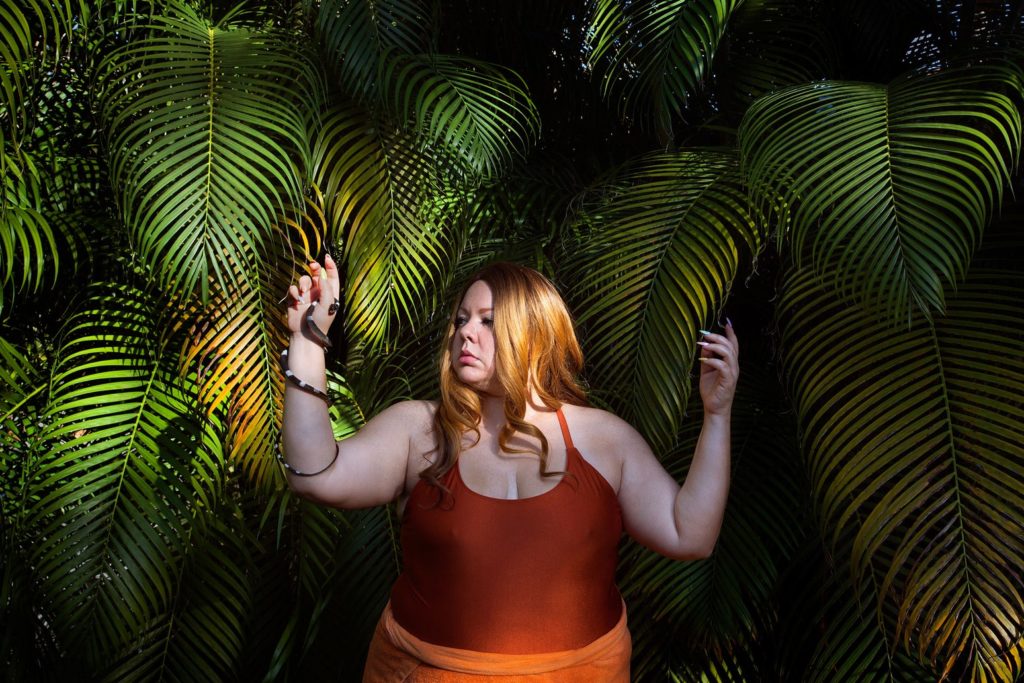Thinking Relationally about Race, Blackness and Indigeneity in Australia: Reflecting upon ACRAWSA’s Symposium
Australian Critical Race and Whiteness Studies Association
2018-07-18
Charlotte Sefton, Ph.D., Arab and Islamic Studies
University of Exeter

At the close of her paper, entitled ‘Navigating Power with Poetry on the Hazardous Drive toward Decolonisation’, Carolyn D’Cruz posed the vital question of whether, or not, the work of decolonisation can be pursued through engagement with nation-state level Politics. Her question recalled my recent viewing of Angela Davis and Gayatri Spivak in conversation at the Akademie der Künste on a panel entitled ‘Planetary Utopias – Hope, Desire Imaginaries in a Postcolonial World’. Aside from my general sense of wonder at seeing Davis and Spivak in conversation, one particular topic of their discussion had stuck with me; they too had disagreed on the place of the State in the futurity of justice. Whilst Davis had underscored that ‘the bourgeois nation-state, ensconced as it is in capitalism, would never be able to do the work of ensuring justice’; Spivak, in response, had questioned the real-world utility of refusing to engage it; asserting that our work is, instead, to ‘insert the subaltern into the circuit of citizenship’, that is into a structure that they could ‘work within’ as opposed to no structure at all. Whilst Davis conceded that we are tied to engaging the State for now; she maintained that a world free of violence and domination would not be able to retain ‘any aspect’ of the State as she understood it; Spivak maintained that the State must be seen through a more complexed lens, as both ‘poison and medicine’. AWCRAWSA’s latest symposium, ‘Thinking Relationally about Race, Blackness and Indigeneity in Australia’ provided important interventions to these broader debates in decolonial thought and practice…

…Opening the symposium, Irene Watson made central to her keynote ‘Thinking Relationally about Race, Blackness and Indigeneity in Australia’ this linkage between the State and survival. The survival of the Australian State requires that Indigenous people do not survive; thus it has always required genocide; it has always demanded the erasure of Aboriginal and Torres Strait Islander bodies, voices and experiences. The non-survival (the genocide) of Indigenous people is the only way the State survives. As Nikki Moodie would later assert in her paper ‘Decolonizing Race Theory: Place, Survivance & Sovereignity’, echoing Patrick Wolfe, the Settler-Colonial State as such can only function through a logic of elimination. The State’s white, colonial-modern and neoliberal logic of capital, property, individualism and ownership cannot make space for Indigenous peoples nor Indigenous ways of being; neither in the sense of relation to land nor of relation to each-other. As Irene Watson reminded us, despite the State’s professions to the contrary, there has been no decolonisation of Australia; not least because the ‘hierarchy of voice’ established by colonialism remains; thus the violent silencing and erasure of Indigenous peoples – and their calls for self-determination – also remains. Indeed, both the idea and formation of ‘the State’ is founded upon the structure of hierarchical leadership and, thus, the principle of the differentiated right to voice. For Angela Davis too (in the aforementioned panel discussion with Gayatri Spivak) the masculinist and individualist nature of leadership as epitomised in the workings of the State is a central obstacle to a politics of collectively, relationality and justice…
Read the entire article here.


